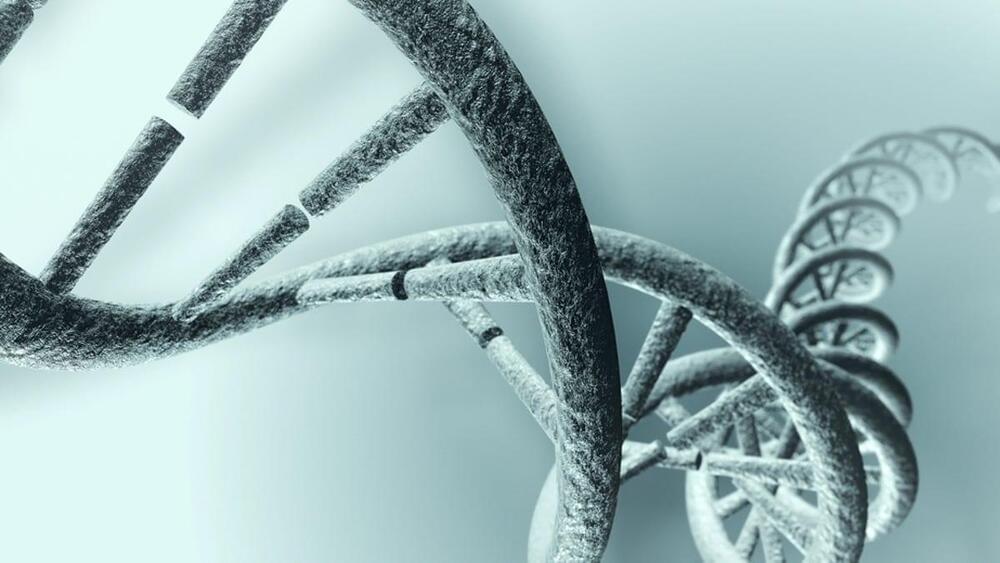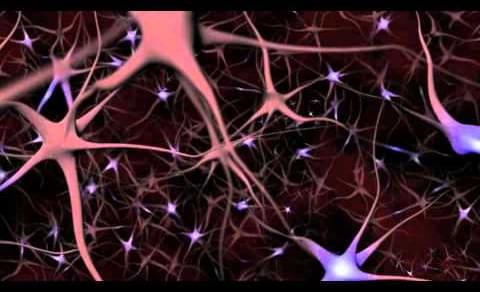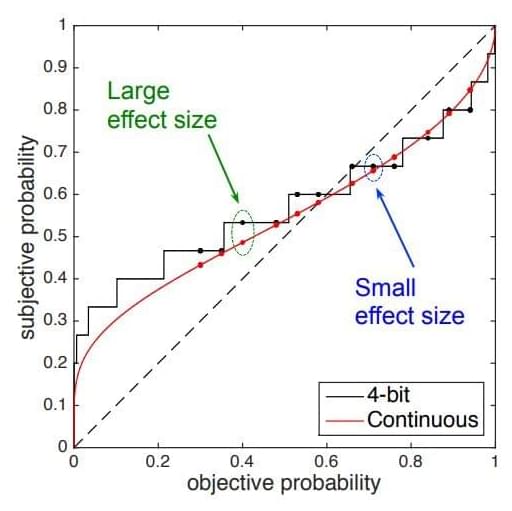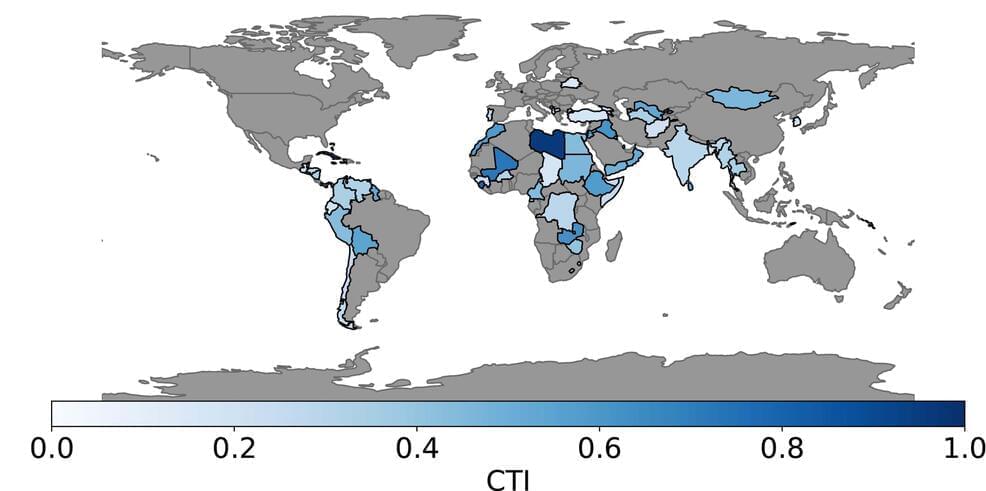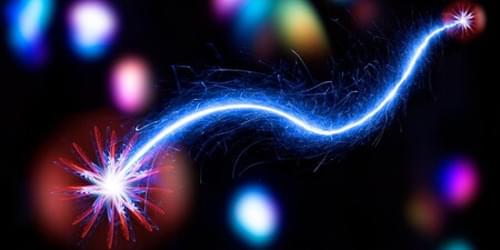Oct 9, 2022
Engineers create a computer with a water droplet processor
Posted by Quinn Sena in categories: biotech/medical, computing, nanotechnology
Circa 2015 face_with_colon_three
From driving water wheels to turning turbines, waterhas been used as the prime mover of machinery and the powerhouse of industry for many centuries. In ancient times, the forces of flowing water were even harnessed to power the first rudimentaryclocks. Now, engineers at Stanford University have created the world’s first water-operated computer. Using magnetized particles flowing through a micro-miniature network ofchannels, the machine runs like clockwork and is claimed to be capable ofperforming complex logical operations.
Continue reading “Engineers create a computer with a water droplet processor” »


